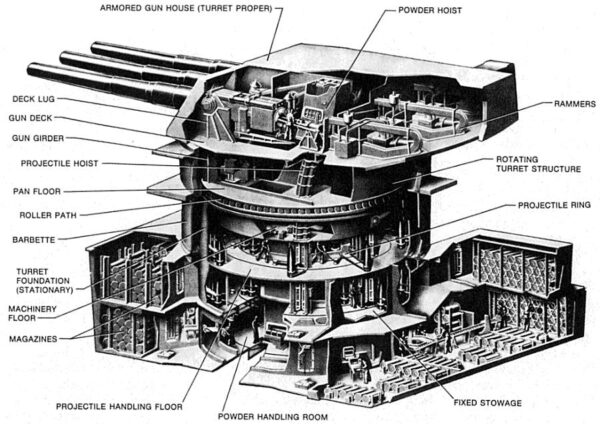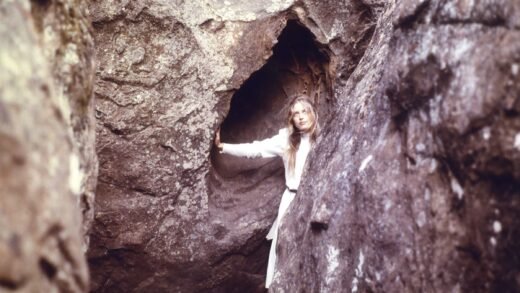My son Lucian is going through that phase of American boyhood where all things related to WWII warcraft are fascinating. Or, the clean, unreal parts of warcraft. I went through this back in the late 1970s-early 1980s before my parents divorced, and all things were cast into an abyss.
In fact, the day that my parents announced to my sister and I that they were separating, I was at work on my first forays into creative writing, which were primarily concerned with WWII airplanes haunting the skies. Sadly, those have been lost to a 5-inch floppy disk somewhere in a landfill.
Brief detour into Saving Private Ryan
Lucian’s never seen Saving Private Ryan (1998), which, for all of its faults—and it does have a few very serious faults, not least of which is the story’s framing—provides what I can only suppose (having no such experience) is a pretty accurate representation of the horrors of war.
Being a movie, SPR is incapable of presenting war’s boredom (no Chantal Akerman was available … okay, partially a joke, but the boredom of Jeanne Diehlman (1975) was both necessary and insightful).
Back to the USS New Jersey
So Lucian is fascinated by battleships, these hulking vestiges of a past never to be present again. The USS New Jersey is docked just across the river from Philadelphia in Camden, New Jersey. I’d known about this for probably more than a decade but as no longer experienced this fascination, never had the inclination to visit.
He’s been to the Smithsonian Institute’s Air & Space Museum in D.C., its annex (the Steven F. Uvdar-Hazy Center) in Dulles), as well as the National Museum of the USAF in Dayton, Ohio. Both the Dulles and Dayton museums are really impressive. I’m afraid to say that the D.C. museum just hasn’t really kept up since the early 1980s when I first visited it.
But Lucian had never been on a battleship before.

Some facts about the USS New Jersey
The USS New Jersey was ordered in 1939 (before the US’s involvement in WWII) and then commissioned in 1943. She is an Iowa-class battleship, which at that time was a newer series of “fast battleships.” Apparently she reached a speed of 40 mph, reported our guide. I suspect he used that language to avoid questions about the difference between knots and mph. That is 37 knots, which is super fast according to the experience of a person who’s spent time on sailboats (if we reach 10 knots we’re flying!). The guide said it was a record, and I have no reason to doubt him.
It’s also freaking huge at a length of 887 ft. 7 in., which is 5 feet longer than the Titanic. It was built in the Philadelphia Navy yards, which, according to Wikipedia, was a decision that favored Roosevelt’s reelection campaign.
The New Jersey saw action not only in the Pacific theater of WWII, but also in Korea, Vietnam, and Lebanon. Among those who commanded her in WWII is none other than Admiral William Halsey, Jr., who you may unfortunately know better through his portrayal by James Cagney in The Gallant Hours (1960). Halsey commanded the New Jersey and the Third Fleet through the Battle of Leyte Gulf, which Lucian has told me is perhaps the largest naval battle of all time. Lucian asked the guide at the beginning of the tour if the New Jersey had been in the Leyte Gulf, and I was all aflutter with pride.
It was finally decommissioned (not the first time) in 1991.
Turret two
The New Jersey has three different turrets for a total of 9 16-inch/50-caliber Mark VII guns. By turret what we mean is the entire housing, from the bottom where it sits in the hull up to and including the part where the guns are loaded. Five decks.

Each gun weighs more than 100 tons (200,000 pounds)—that’s just the individual gun and not the turret, mind you—and fires shells that clock in at 1900 pounds—about half of what my Toyota Prius weighs. Each 1900-lb. shell requires six 100-lb. bags of gunpowder to fire them.
Nearly 80 sailors are needed to operate the turret. Did I mention that the turret can have hundreds of shells ready within, which is not even to mention the corresponding thousands of bags of gunpowder necessary to fire those shells?



